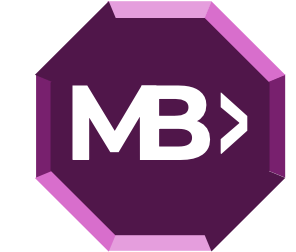Problems we solve
We’re not claiming everything, but cover a lot:
Scope | Method | Sectors | Differentiators
Scope
Our founder and associate’s experience cover the full value chain and enabling functions.
The following shows how we support across the full value chain, this is the same for both goods and services.
Our approach to enabling functions is based on the need to develop specialisms whilst at the same time look for opportunities to integrate, deploy resources more effectively and operate efficiently.
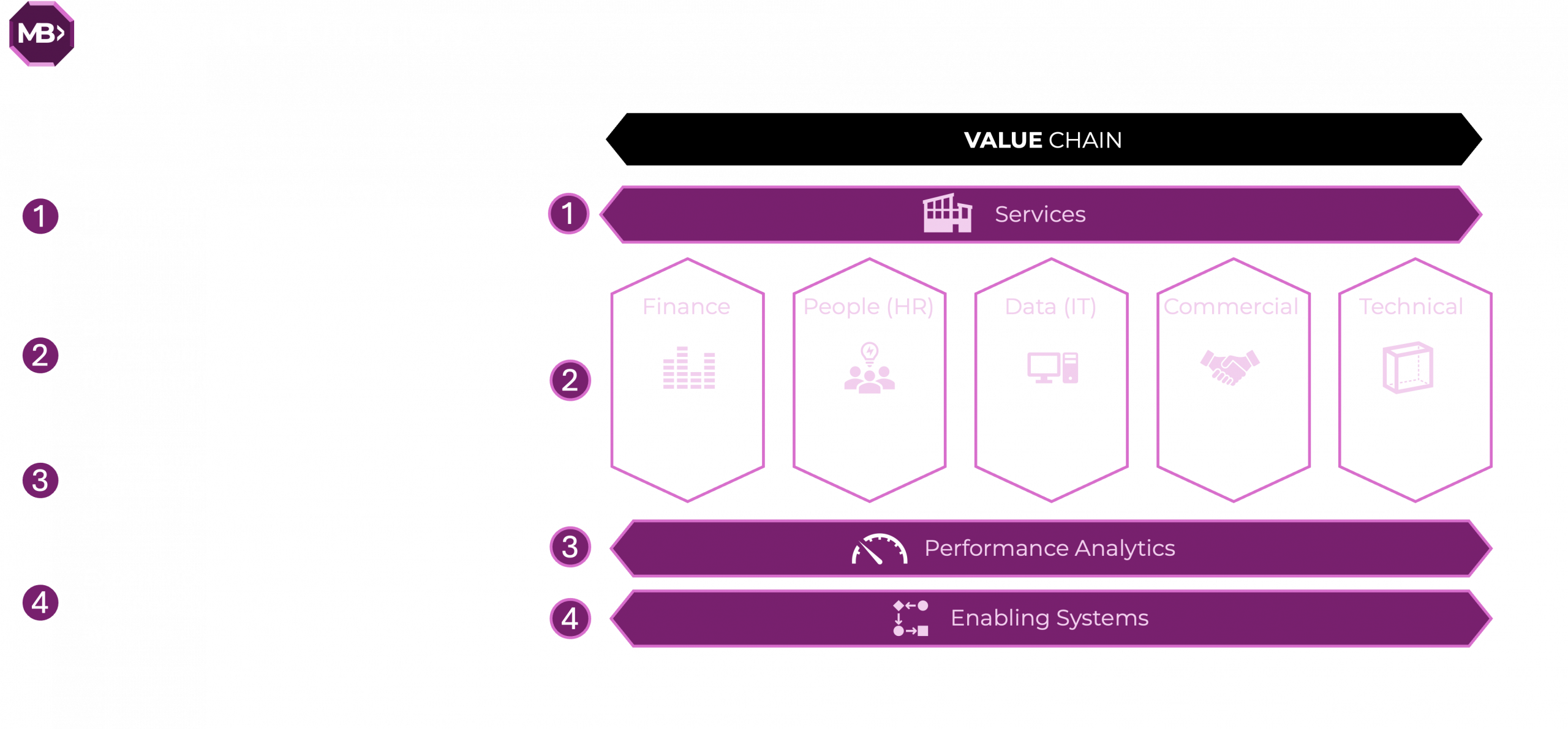
When we bring this together, we can address the full operating model and deliver enterprise wide solutions.
There is a lot of focus on ‘digital’ at the moment, particularly with the advent of AI. Yet most organisations have not understood their operating model and thus are unlikely to fully exploit these technologies.
In addition, most organisations have not sufficiently addressed their workforce capability or reviewed their processes. Much Better understand this and bring multiple decades of experience to set the right foundations for successful change and avoid ‘layering‘ which creates 80% of transformation failures.
Method
We have a consistent method that allows us to flex across a wide range of tools and techniques
Sectors
We have experience across most sectors, the most significant are below.
Differentiators
What sets us apart, why do we think we’re different?
Our philosophy is founded on ‘Better’ which is a high bar with potentially high stakes.
On the basis that happiness can be achieved by removing all things that make you unhappy, we believe you can be better by removing all things that make you worse. Let’s explore this some more:
Organisation Redesign
- We only use the current organisation chart and detail to understand the current state. After that we don’t look at it, otherwise it will bias our thinking and lead to organisation design by personality not capability. This is a common mistake and leads to ‘layering‘.
- We use proprietary analysis to understand the core and priority activities and then consider how these can be delivered – differently. The rest is non-core and should be considered for outsource, deletion or consolidation.
- We avoid templates i.e Centralised, Federated, Matrix but instead set rules that create design principles. This is achieved so collaboratively that the workforce have signed up to the design before its even rolled-out.
Operating Model
- We look at operating models as the enterprise wide system of generating value. Not just financial, but environmental, societal and people. Each of these represents a stakeholder of your business.
- There is no template, your business has its own unique operating model.
- Most ERP systems will require you to standardise processes within your operating model, this is not always achievable and leads to high implementation costs.
- Once you have developed your operating model, you are better placed to look at your workforce structure, enablers (i.e IT) and geographies.
- A good operating model is demand centred.
Enterprise Change
- Change management is not the same as Project management. Nor is it about just ‘good comms’, or even worse post decision consultation.
- We consider change as ‘hard’ it must be based on measurable results linked to a clear business case.
- Much better has a proprietary change approach that is based on a hybrid of methods. Our focus is on three people based factors. When does the change need to happen, how many are effected and how well must they perform.
- Much better considers itself highly experienced in the techniques of change management.
Process Improvement
- Process Improvement is the route of all business success. Ignore it at your peril.
- We have worked with over 100 organisations and developed new processes across all functions and operations.
- We use a specific method to capture processes so that they can be easily translated into use by technology (such as GPTs / ERPs), as training guides and to identify control and integration points.
Layering
- Layering occurs when you design a change to an organisation without validating its impact.
- This can be anything from restructuring, new processes or new systems
- When you come to implement the change, it will become a new ‘layer’ over the existing structure. Despite you believing it’s going to make a difference, there is a high chance the organisation will try and continue with its previous ways of working.
- Thus you have created an additional burden on the organisation. It is now trying to ‘work around’ your new change or even worse ignore it all together.
- The next worse thing, is an attempt to force the change by creating yet another layer, often this is in the form of management. Now we have multiple layers and more complexity.
